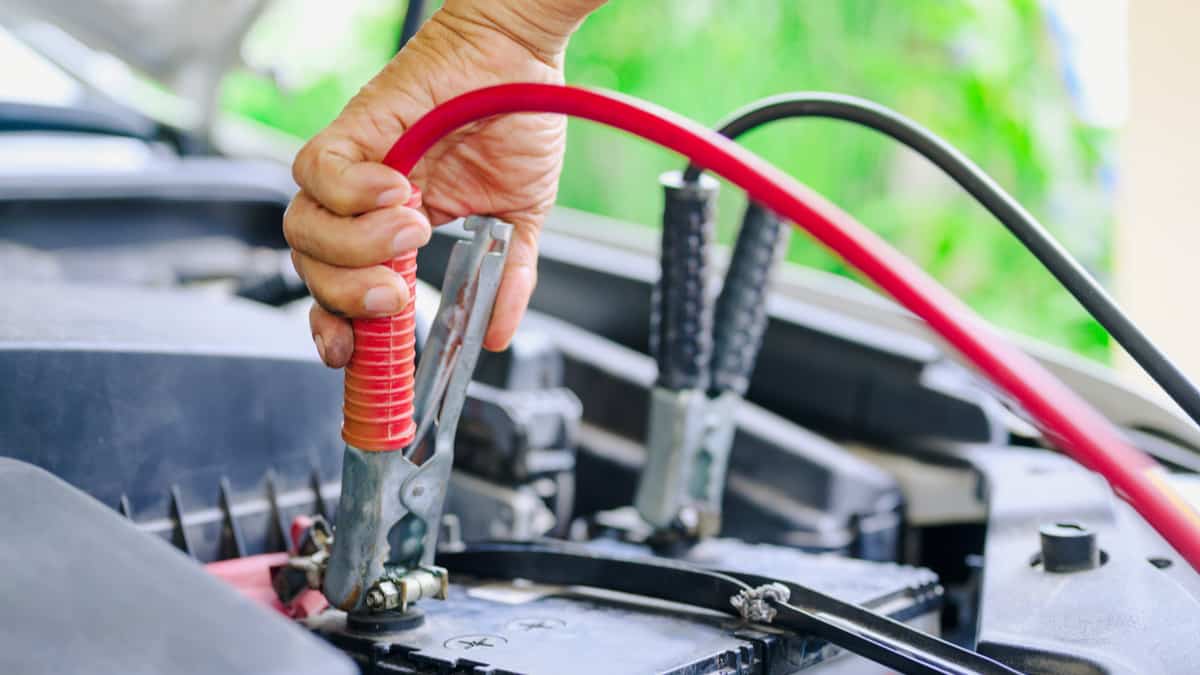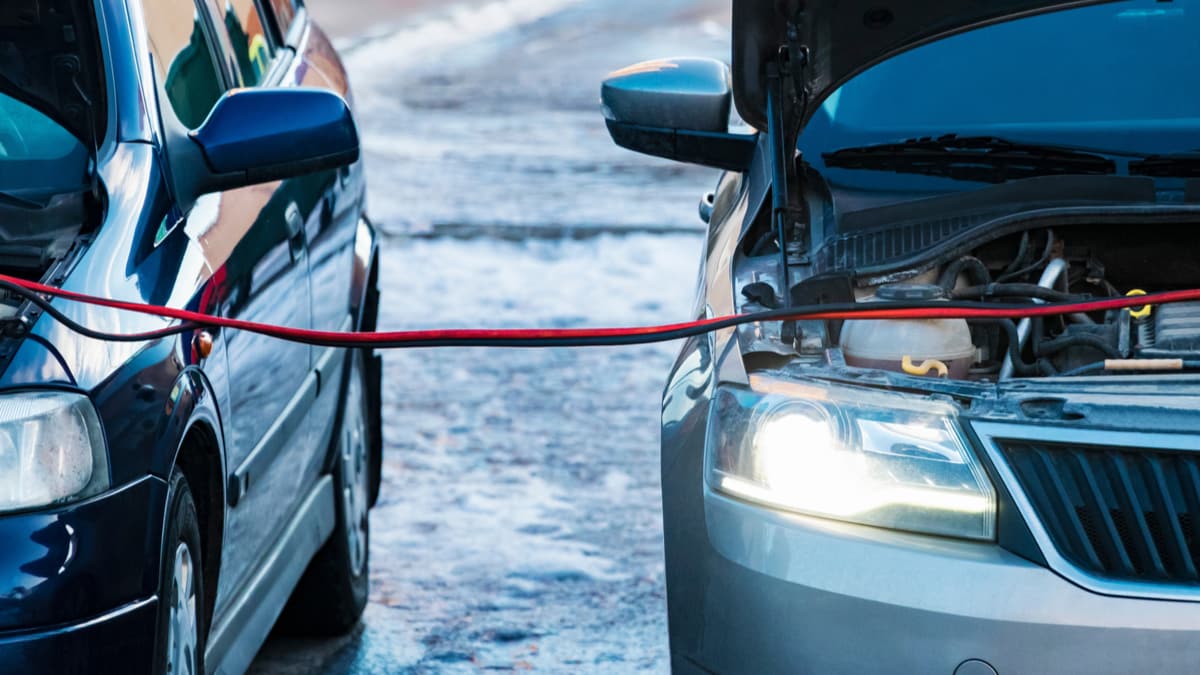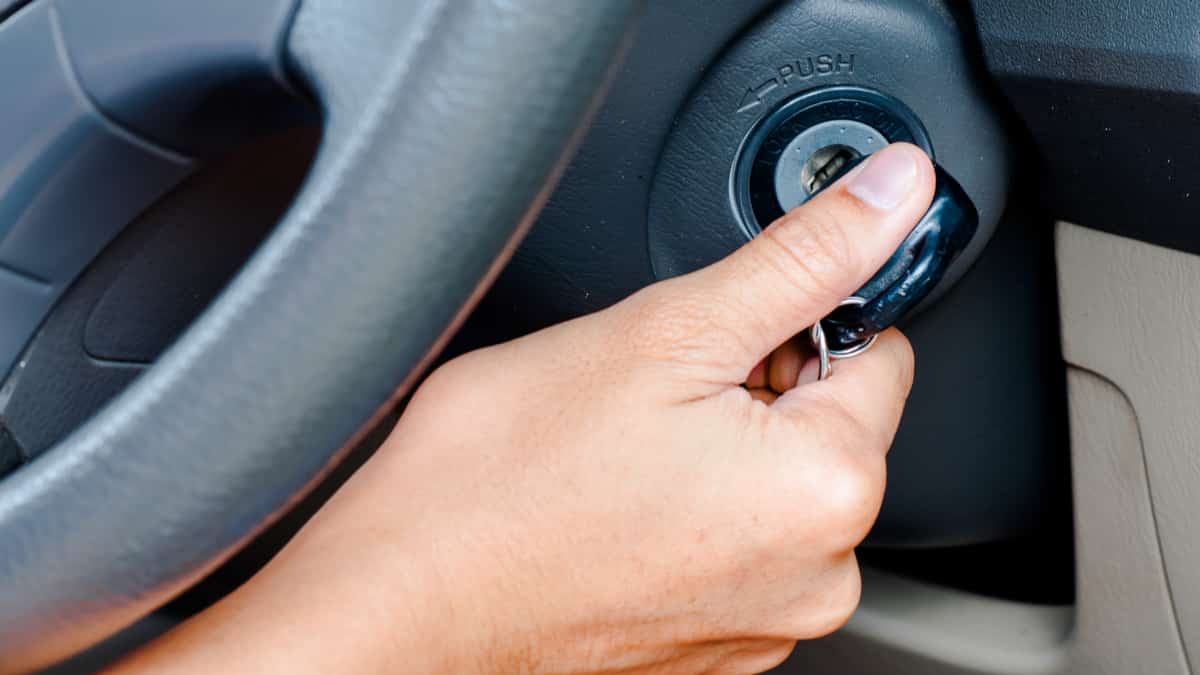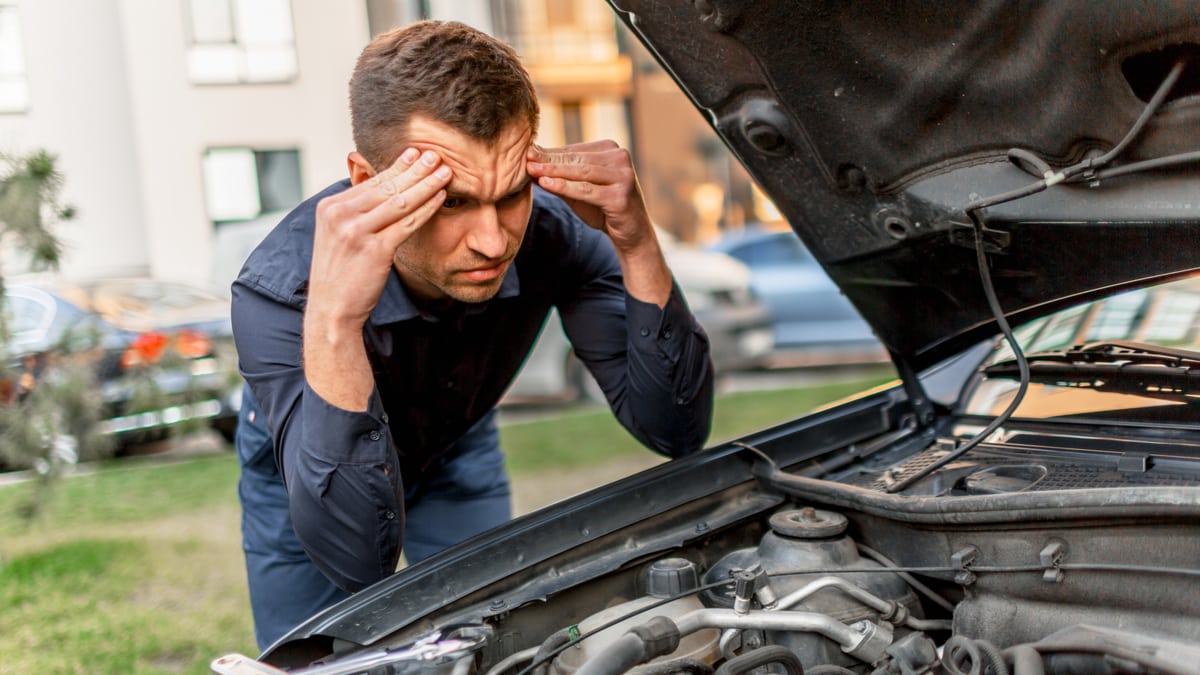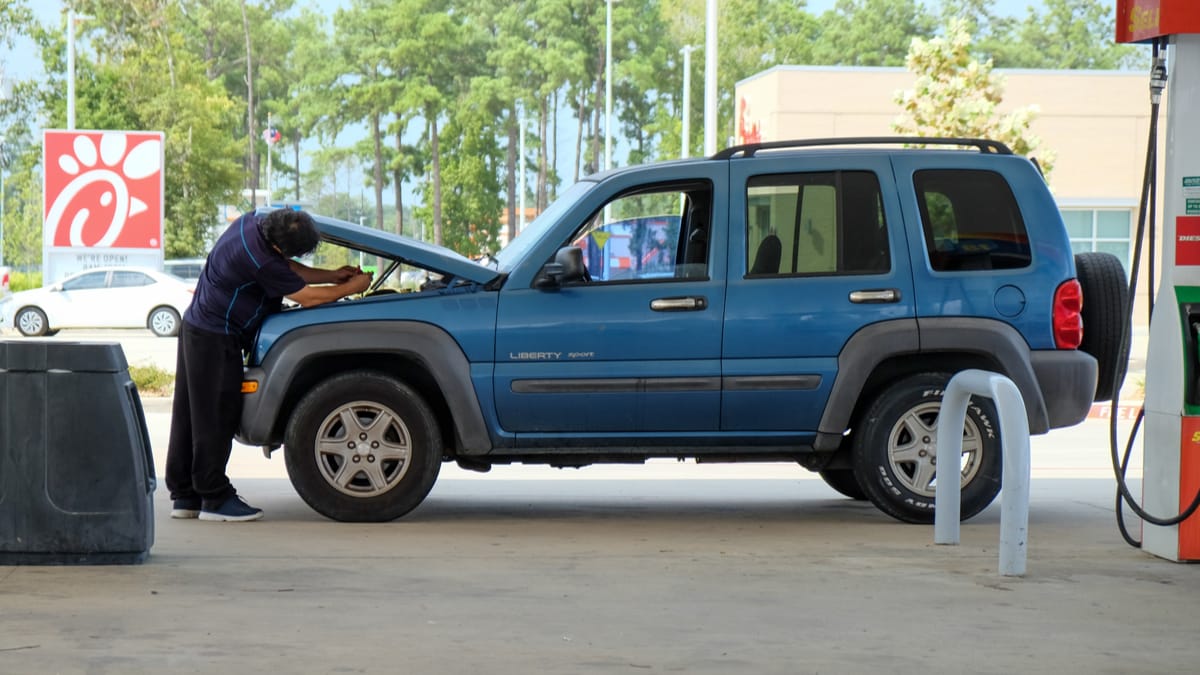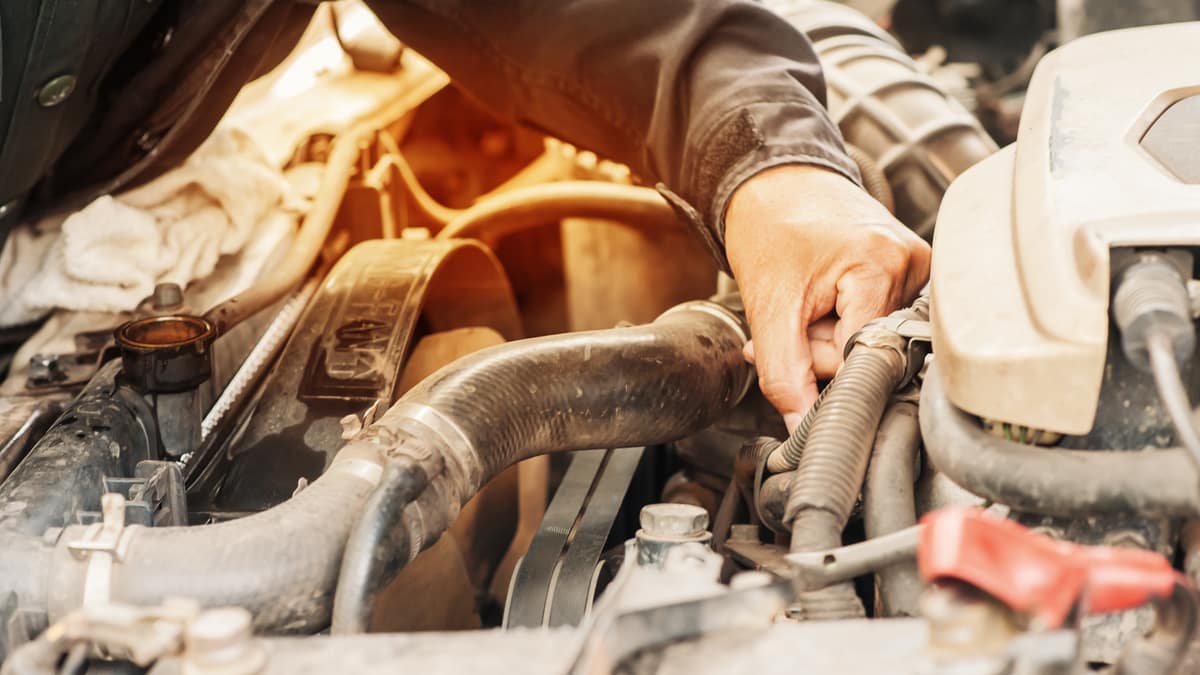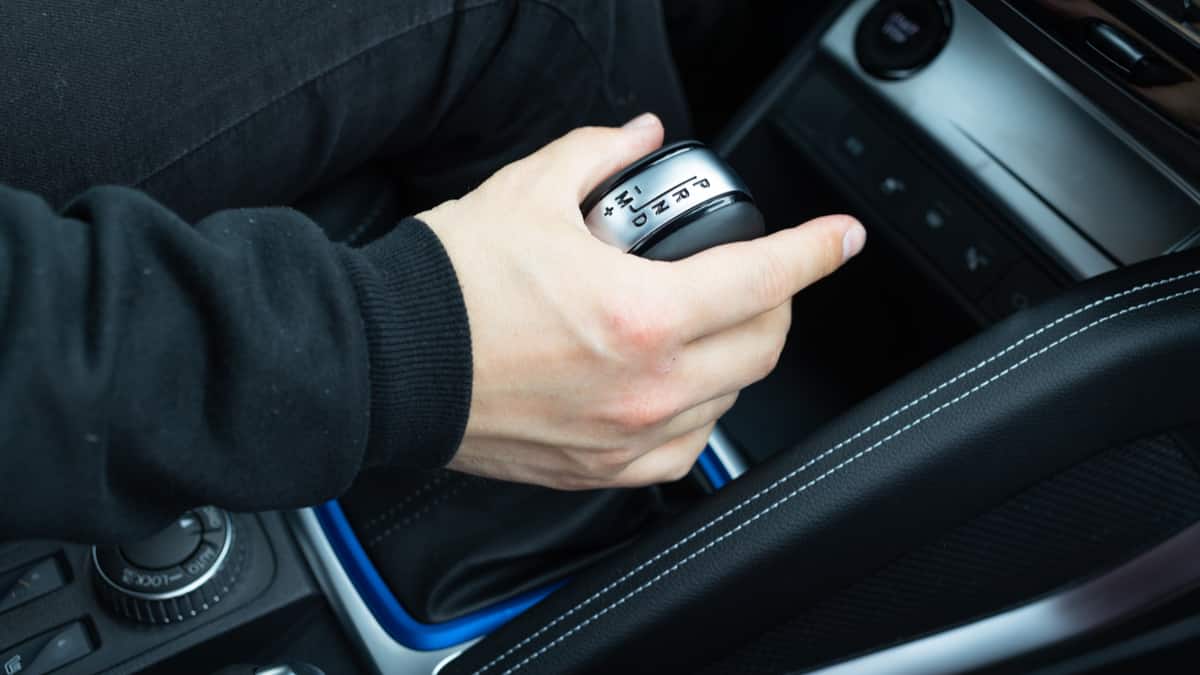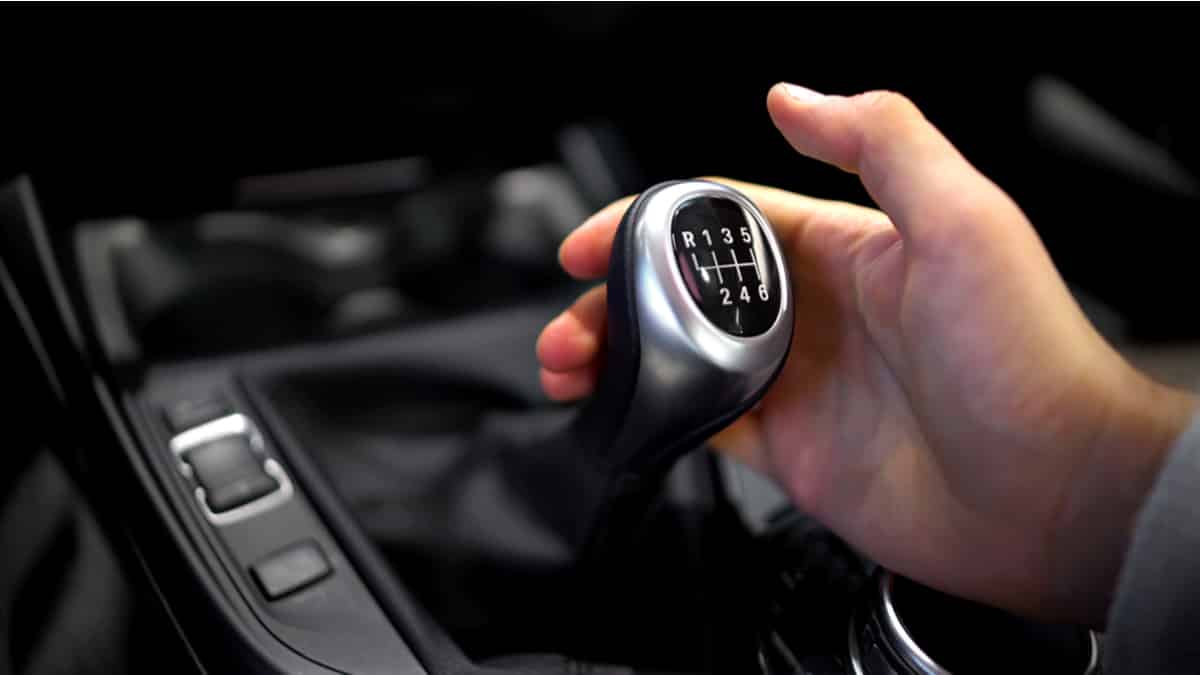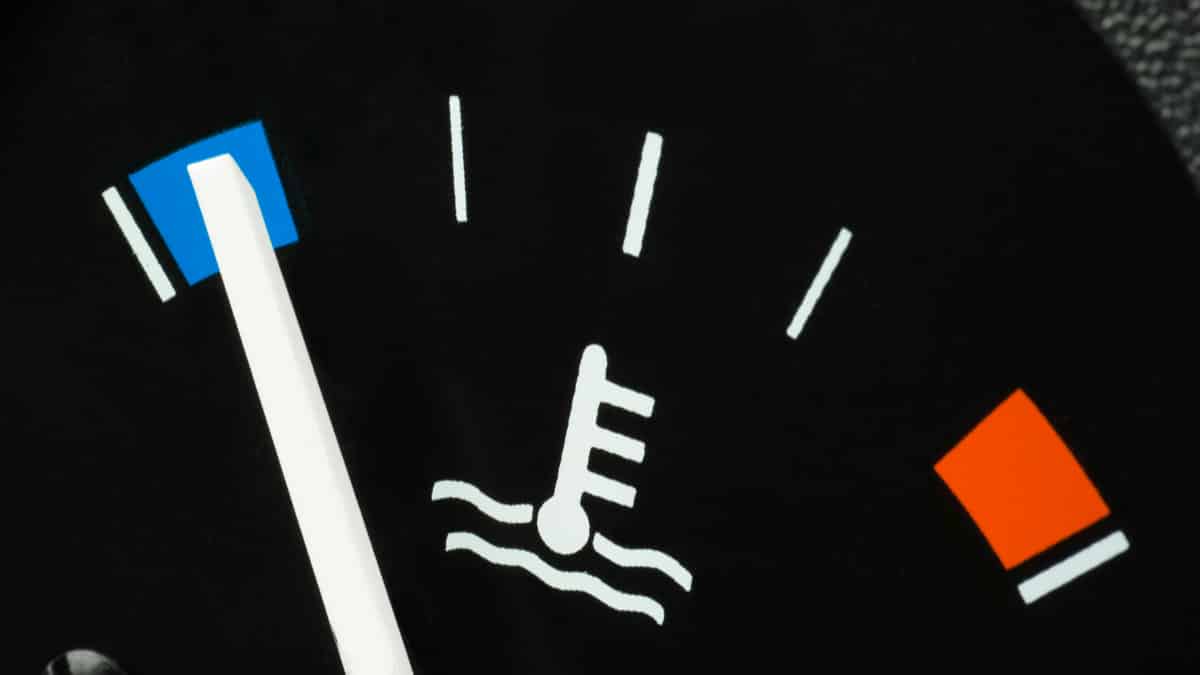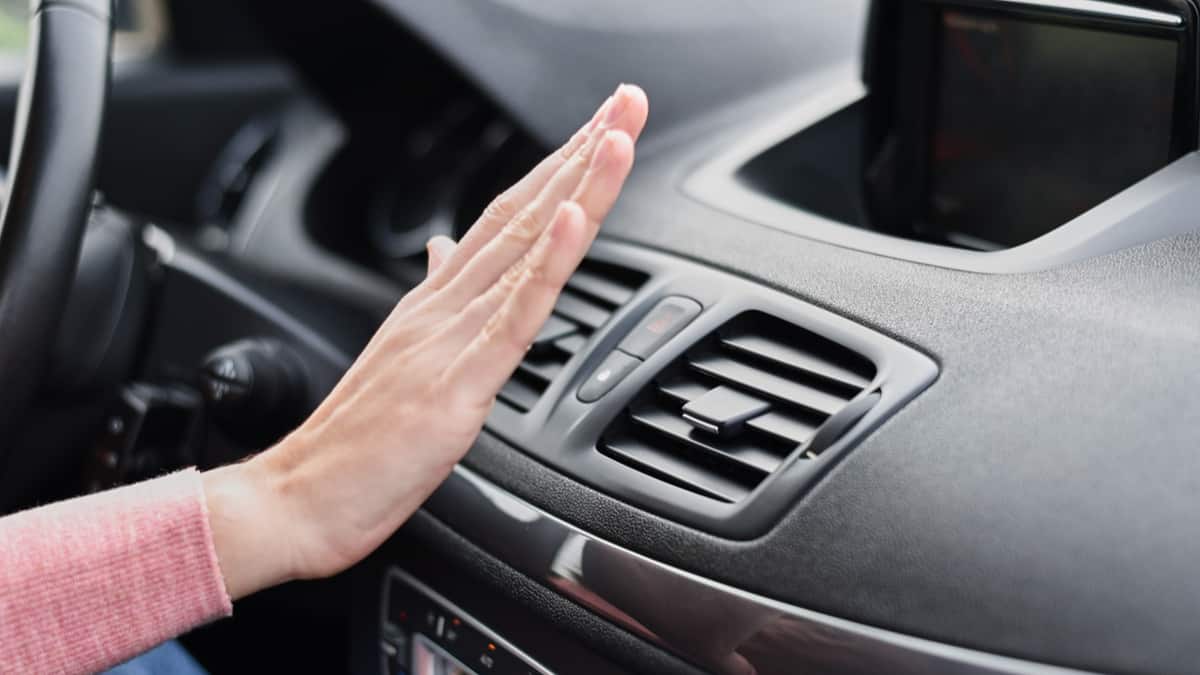As you head out to the driveway on a cold morning, the last thing you want to deal with is a car that gives you trouble starting. However, the colder weather and failing car components can be a disastrous combination. With a car that’s hard to start when cold, you face being late for work.
Whatever the reason, it’s imperative that you get the problem resolved so you can get back on the road. In this article, we evaluate the reasons it’s hard to start the car when it’s cold and show you how to prevent it from happening in the first place.
Why Won’t My Car Start In The Cold?
The car may struggle to start when cold because of a weak battery or a bad coolant temp sensor. It’s also possible that the starter motor or solenoid has malfunctioned. On the other hand, it could be that you have used the wrong motor oil for the temperatures.
Here is a more detailed list of the common causes why a car is hard to start when cold:
1. Weak Battery
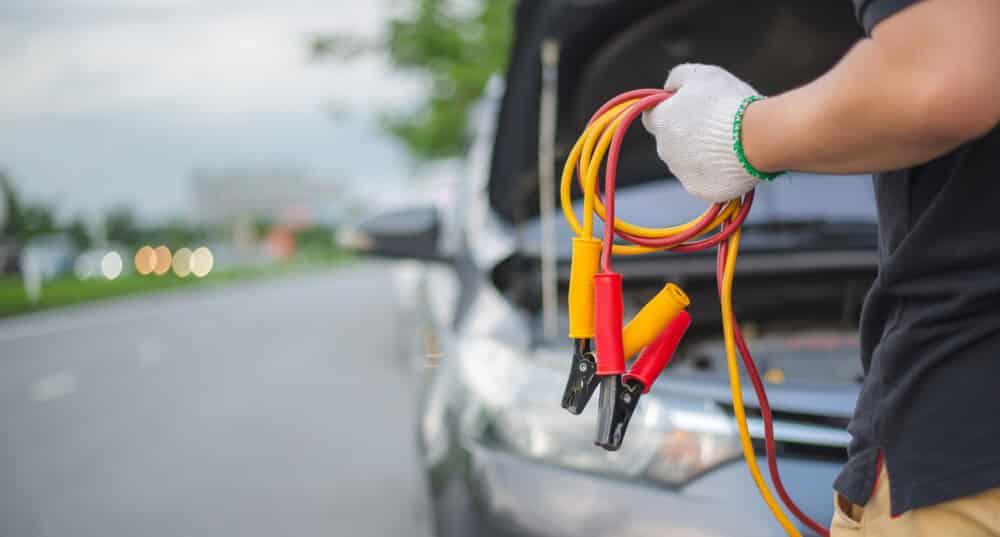
One of the top reasons for having a car that won’t start is a failed battery. Plus, the cold weather can make the dying battery fail even sooner.
Inside the battery, chemical reactions must occur for there to be enough juice. When the temperatures dip down, the chemical reactions happen slower. If the battery was already failing, there might not be enough chemical reactions to produce the energy that the starter needs.
As the juice in the battery gets lower, you will have trouble getting it started. The next time you try, it could be completely dead.
However, don’t just assume you have a dead battery before checking the connections. If the connections are loose or there is corrosion on the terminals, the battery might not be able to send out the power it produces effectively.
2. Wrong Motor Oil
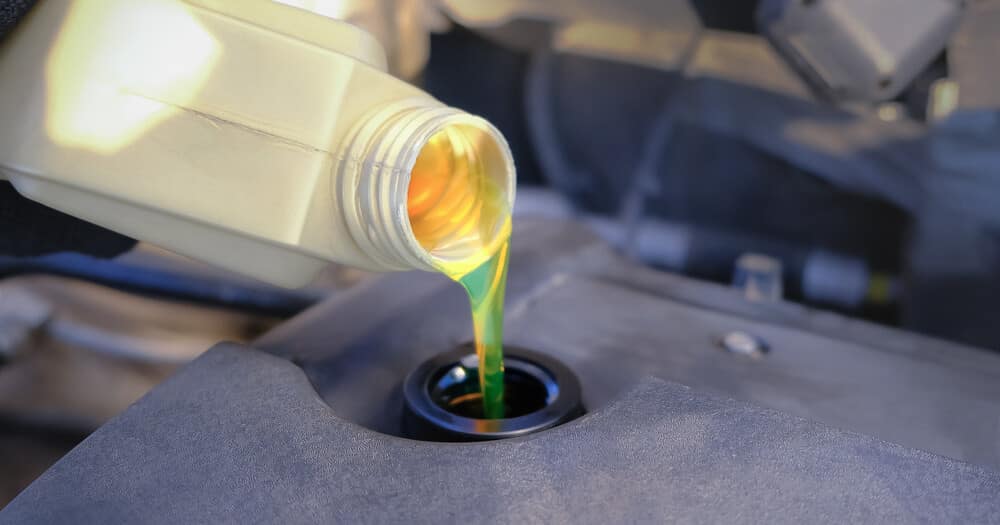
As the temperatures drop, the oil in your car’s motor is going to become thicker. If the oil gets too thick, it won’t circulate through the motor properly, leaving the components lacking lubrication.
To push the thick oil around, the engine needs to work much harder. Ultimately, this translates into trouble starting the car when it’s cold outside.
You may be using the wrong oil viscosity. However, it’s also possible that your car just needs an oil change. As contaminants and dirt build-up in the oil, it can become thicker and harder to push through the engine.
3. Faulty Coolant Temperature Sensor

When the engine is cold, it requires much more fuel to run, especially starting. Your coolant temperature sensor measures the temperature in the coolant, and if it’s cold, it will tell the ECM to add extra fuel to the injection.
If the coolant temperature sensor is faulty, it may not know that the engine is cold and requires more fuel, and this will make it difficult to start the engine during cold weather. A bad air intake temperature sensor can also cause it because of the same reason. Check the trouble codes with a diagnostic tool to see if there are any codes pointing to the temp sensor or any other faulty sensor.
4. Failing Ignition Switch

The ignition switch starts the electrical aspects of the vehicle when you turn the key. For the engine to start and run, the ignition switch must be functional.
At first, you might think it’s a battery issue, especially if nothing happens at first when you turn the key. However, if you have power to the accessories, such as the headlights and car radio, there is nothing wrong with the battery. In this case, you will want to test the ignition switch. In some cases, a failing ignition switch can work intermittently, meaning you might be able to get the vehicle started after a few tries.
If the engine cranks at all when you put the key in, the ignition switch is not your problem. However, if you can’t crank the engine and you don’t hear a clicking sound when you turn the key, you probably need to have the ignition switch replaced.
5. Malfunctioning Starter Motor or Solenoid
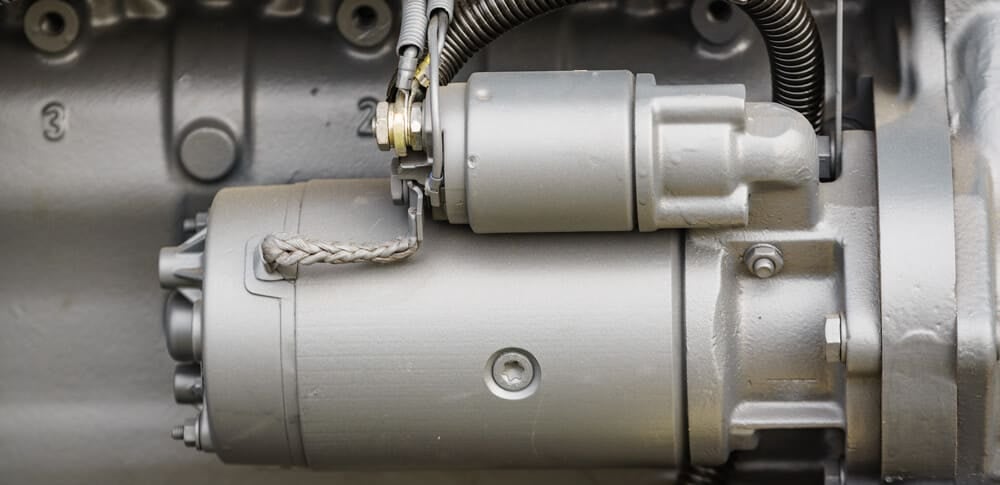
The starter motor is responsible for getting the engine running. When it fails, you might also notice a clicking or whirring sound while trying to crank it. However, a failing starter motor can also work intermittently, making it possible to start the car after some effort.
The same problems can be caused when the starter solenoid fails. This vital part transmits the electric current needed by the starter motor. Over time, the cylindrical wire coil can become worn and damaged. You can use a test light on the starter solenoid to see if this is the culprit.
Avoiding Starting Trouble When the Weather is Cold
1. Shelter the Car
The engine and car battery are not fans of the cold weather. If you can, keep the car warmer during the winter months. The most practical approach is to park your car in a garage. Of course, it would be even better if this garage was heated, but that’s not always possible.
If you don’t have a garage to use, park next to something large. If you can park next to a building or a tree, the car will remain slightly warmer. You might also park under a carport for a little shelter. Each of these options can make your car a few degrees warmer than if you parked in the wide-open areas.
If the temperatures are dipping very low, you might invest in an engine block heater or battery heater. These can keep the vehicle warm overnight, allowing you to start your car easier in the morning.
2. Use the Right Oil
You should follow all of the recommendations found in the owner’s manual telling you what oil to use in your vehicle. Most synthetic oils flow well even when the temperatures dip, but it’s important that you have the right viscosity.
Oil is rated by the way it responds to certain temperatures. The first number stands for the winter temperature rating, which is why it has a “W” with it. The lower this number is, the better it flows in cold climates.
3. Take Special Steps to Start Car
Knowing that it’s cold out allows you to prepare your vehicle differently. With a few simple steps, as the temperatures drop, you might have better success starting the car.
To start, turn off any electrical accessories that might be running before you try to start the engine. You want the battery to send all of its power to the engine. If you try to crank the engine and it doesn’t start right away, don’t keep trying. The starter motor can quickly overheat, leading to other problems. Instead, give the starter motor a few seconds and try again.
With an older carbureted vehicle, it was easy to use starter fluid to get the engine running, but you can’t do that on today’s cars. However, you can try warming up the battery. You will want to wrap it in a blanket for at least an hour or pour hot water over it.
If the battery is dying, now is the time to replace it. Colder weather quickly sucks the life out of batteries that are on their last leg.
A car that is hard to start when cold can be caused by many different sensors in your car also. Therefore, it’s a very good idea to check the trouble codes with an OBD2 scanner and continue your troubleshooting from there.
Tags: Starting Issues
Categories: Electric, Troubleshooting



